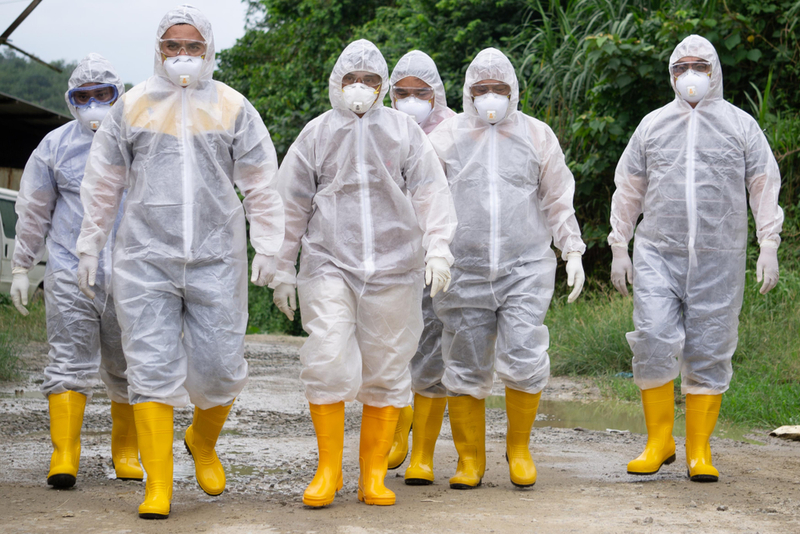Contingency plan for COVID-19 to follow H1N1 pandemic strategy
IANS Mar 05, 2020
The Union government is putting a plan to cope with the evolving coronavirus situation in India with a scale up scenarios being built in with contingency plans.
 The plans are being piloted by the Health Ministry discussed at the highest levels within the government. The future contingencies are being factored in including capacities available with the para military, armed forces and hospitals for quarantine and isolation wards, in case the coronavirus becomes endemic and there is community transfer cases in India. As of now, India has only seen travel related cases from people who had come from abroad in countries where community transfer is being seen. The guiding principles of the plan and the public health response being charted are situation awareness at all levels (global, national and subnational) for risk assessment for allowing informed and timely decision making.
The plans are being piloted by the Health Ministry discussed at the highest levels within the government. The future contingencies are being factored in including capacities available with the para military, armed forces and hospitals for quarantine and isolation wards, in case the coronavirus becomes endemic and there is community transfer cases in India. As of now, India has only seen travel related cases from people who had come from abroad in countries where community transfer is being seen. The guiding principles of the plan and the public health response being charted are situation awareness at all levels (global, national and subnational) for risk assessment for allowing informed and timely decision making.
In addition, there is emphasis on inter-sectoral coordination at all levels from the Centre to the states. There will be adherence to core capacities for disease preparedness and response. These will include surveillance, laboratory diagnosis, hospital preparedness, logistics management , capacity building, risk communication although the need, scale and extent of each will increase exponentially as per evolving scenario.
On the strategic approach to be followed, as of now there are only travel related cases in India and there is no community transmission in India. The action points will include continued activities at points of entry surveillance and concurrent review and strengthening of all core capacities. Moving to a scenario where there is local cluster of indigenous cases (with no travel history) it will signal the start of local / community transmission.
The strategy at that stage will be cluster containment strategies, listing of contacts, deciding on the containment zone, perimeter control (exit and entry controls) and focused actions in the containment zone for isolation of cases, home quarantine of contacts, social distancing measures (school closure, office closure, ban on gatherings) and communicating the risk to public. In case of large outbreaks, the inference will be widespread community transmission. The strategy at that stage will be to abandon cluster containment strategy and points of Entry surveillance.
Focus will be to minimize mortality and morbidity while ensuring essential services and continuity of operations to minimize impact on health and non-health sectors. In addition, there will be exit Screening (based on risk assessment to other countries). The other action points will be mitigation measures , triage of patients (through screening clinics), surge capacity of hospitals for isolation and ventilator management and large scale IEC activities.
In a scenario, where COVID-19 becomes endemic, the pool of susceptible population will decrease -- and there will be stabilization of incidence of new cases. In this scenario, programmatic approach shall be followed -- akin to that being followed post Pandemic Influenza 2009 (H1N1 outbreak). There will be routine surveillance as an epidemic prone disease and sentinel surveillance to know public health burden of the disease.
-
Exclusive Write-ups & Webinars by KOLs
-
Daily Quiz by specialty
-
Paid Market Research Surveys
-
Case discussions, News & Journals' summaries